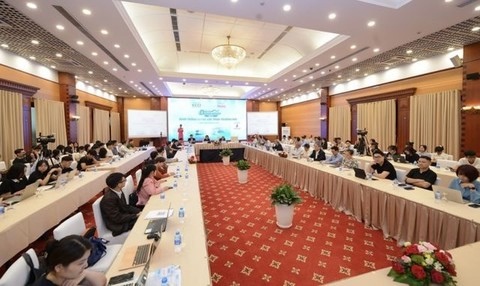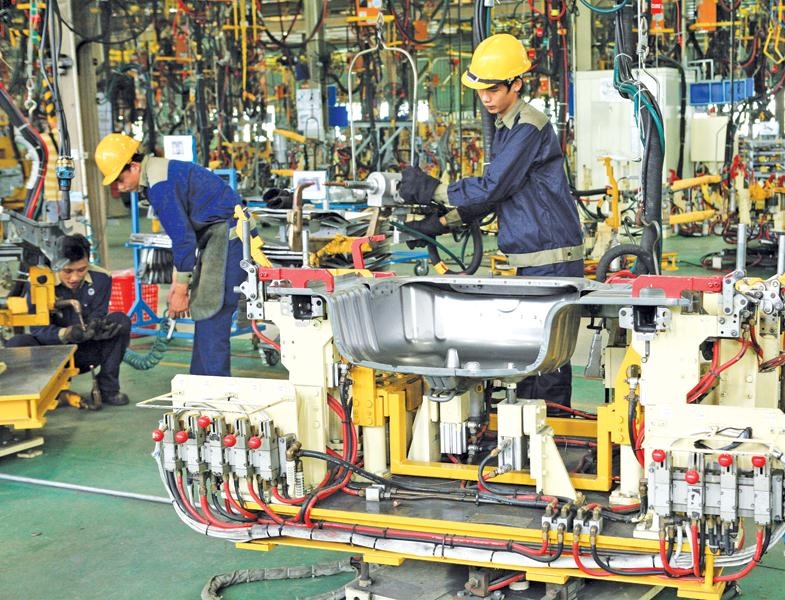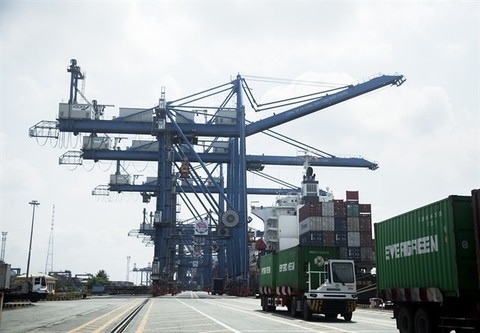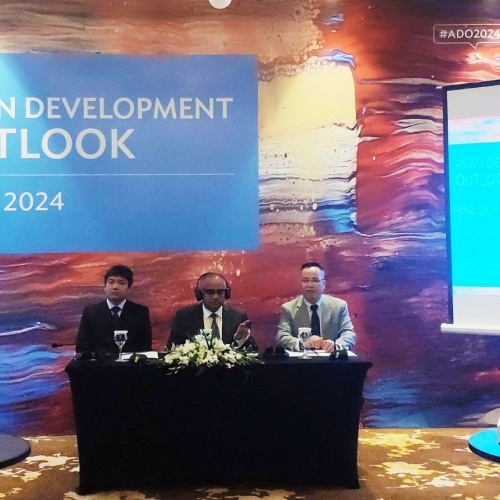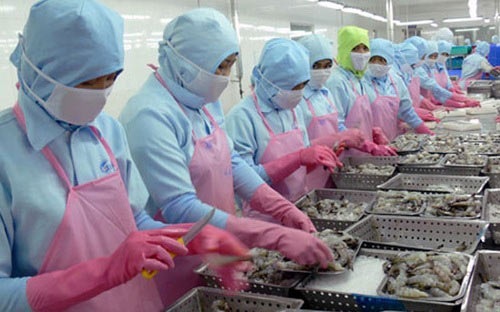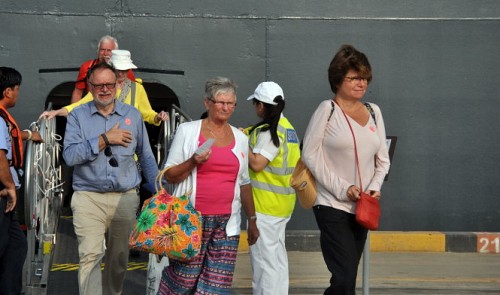Can Tho looks to revive IZs allure
Can Tho looks to revive IZs allure
A comprehensive suite of measures are urgently needed to help ramp up the appeal of Can Tho’s export processing and industrial zones in the eyes of investors.
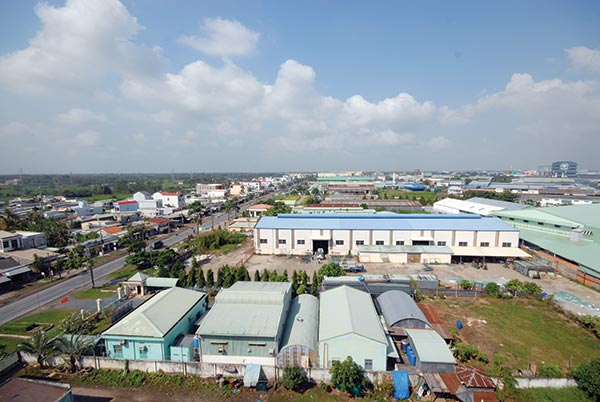
Compared to other cities and provinces across the country, the Mekong Delta’s Can Tho city established its export processing and industrial zones (IZs) very early. Less than a year after the Council of Ministers (now the government) enacted Decree 322/HDBT dated October 18, 1991 governing export processing zones’(EPZ) operations, Can Tho received approval to establish the Tra Noc EPZ, one of the first four EPZs in the country.
Can Tho is now home to eight IZs with construction planned along the Hau River and the National Highway 91. These IPs - Tra Noc 1, Tra Noc 2, Hung Phu 1, Hung Phu 2A, Hung Phu 2B, Thot Not, O Mon and Bac O Mon, now occupy 2,371 hectares in the total area.
The IZs are well-situated in the Mekong Delta region with easy access to seaports and the Mekong Delta region’s international airport and they sit in the centre of huge agricultural and seafood material sources. Thanks to these favourable conditions, from late 1999, Tra Noc 1 IZ reported an occupancy rate reaching 90 per cent, one of the highest rates among the country’s IZs. Its success at that time was regarded as ‘the bright spot in the Mekong Delta’s investment landscape’.
According to the Can Tho Export Processing and Industrial Zones Management Authority (CEPIZA), Can Tho’s EPZs and IZs are now home to 218 projects leasing 588ha of industrial land with the total committed investment capital of $1.92 billion.
The realised capital came to $866 million, tantamount to 46 per cent of the total committed capital fund. Domestic investment projects now number 188 and are worth $1.69 billion in the total committed capital while 23 foreign invested projects have been registered $203 million.
Can Tho’s IZs have provided jobs to 31,382 workers from the city and surrounding provinces. Of the IZs, only Tra Noc 1 and 2, with the combined area of 300ha, have reported almost full land occupancy rate whereas Hung Phu 1 IP, covering 262ha, has filled just 12.5 per cent of its land for industrial production and Hung Phu 2A, with 134ha area, has only leased out 13 per cent of the land to investors.
Thot Not IZ, covering 600ha, has reported a better leased rate of 54 per cent in its first-phase development which occupies 150ha.
The 67ha Hung Phu 2B is in the stage of revising its planning scheme and working on compensation so it can progress with infrastructure construction.
The 600ha O Mon IZ is working on planning at 1/2,000 scale while Bac O Mon IZ, covering 400ha, is to revise its planning scheme as it needs to relocate to a new location in light of Can Tho city’s revised planning.
Urgent measures are crucial to charm investors
Investment flows into Can Tho city’s IZs, however, has slowed in recent years.
Last year, the local IZs attracted less than $50 million whereas in the first quarter this year, only four new projects were registered and three projects revised their investment certificates with the total committed investment capital of slightly more than $5.3 million.
Apart from some objective factors such as ongoing difficulties facing the world and the local economy, some following factors have badly influenced the local IZs’ competitiveness.
Specifically, as Can Tho has grown into a centrally-governed first-class city, corporate tenants inside the city’s IZs now enjoy fewer investment incentives than those located in other neighbouring provinces. Businesses specifically no longer benefit from the incentives based on investment location and IZ infrastructure investors no longer enjoy the preferable corporate income tax policy.
The administrative procedures, such as the one-stop shop mechanism, for IZ businesses seems to be increasingly complicated whereas the transport infrastructure is characterised by uneven development between localities in the city and the surrounding areas.
In addition, though there are big ports in Can Tho city at Cai Cui and Can Tho, they are unable to receive large tonnage ships due to the shallow channels, therefore goods in the region must be transported to ports in Ho Chi Minh City and other eastern locations, driving up transportation costs.
It is also a waste that Can Tho international airport, launched in January 2011 with the designed capacity of serving three to five million passengers per year, only serves domestic flights.
In order for Can Tho to encourage greater investment inflows, improvements are needed to the region’s infrastructure, particularly transport infrastructure, while simultaneously introducing specific mechanisms and policies to fully tap the city’s advantages as the Mekong Delta’s economic hub.
In respect to administrative procedures, efforts must be made to boost efficiency of the one-stop shop mechanism at the CEPIZA to facilitate operations of local investors and businesses.
The authority needs to act as a supporting arm to the city’s management authorities in overseeing the operations of city-based IZs and take the initiative in co-operating with relevant state agencies in tackling issues facing IZ businesses, to ensure they feel comfortable investing in the region.
According to the CEPIZA, businesses based in Can Tho IZs reported $128.6 million in the total revenue in March 2015, increasing their total revenue in this year’s first quarter to $401.6 million, similar to the same period last year.
Of this, industrial production values have reached $312.7 million, trade and services revenue came to $88.8 million and export value amounted to $156.8 million.
Foreign invested businesses in Can Tho IZs saw a 4 per cent on-year decline in their first quarter revenue which fell to $80 million. Their export value during the period also sank 5 per cent on-year to $36.5 million.


